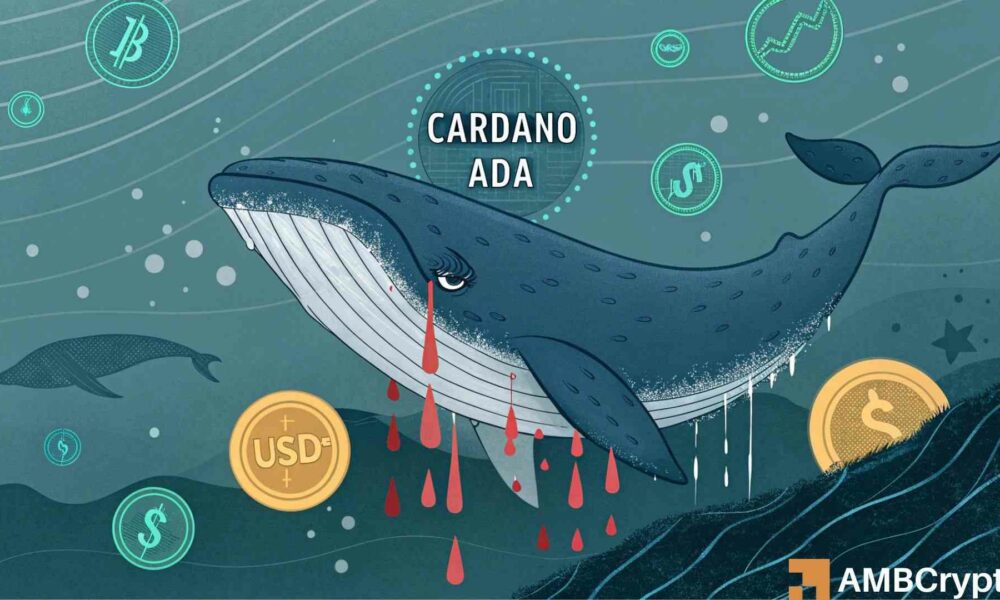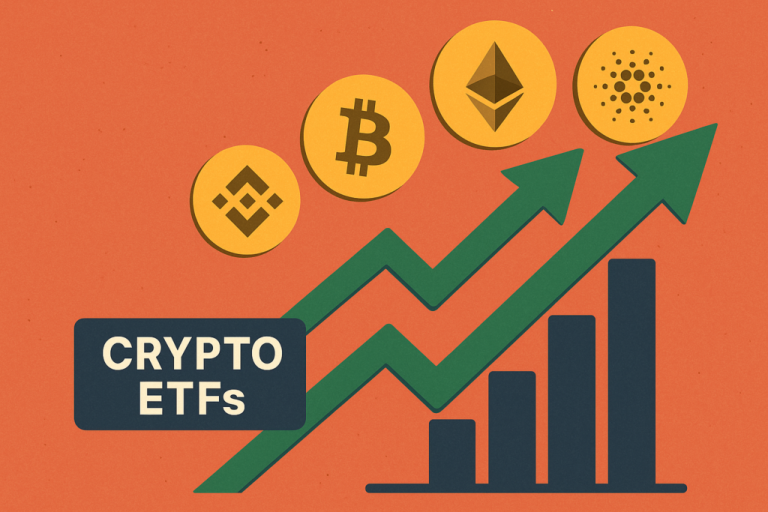
In the world of cryptocurrencies, liquidity is a vital factor that can profoundly impact investment outcomes. Case in point: a Cardano [ADA] whale recently learned a costly lesson when swapping 14.4 million ADA tokens. This decision led to a staggering $6.05 million loss, highlighting the risks of low liquidity and illiquid stablecoins in blockchain ecosystems.
The Misstep: Illiquid Stablecoin Swap
Over the weekend, a long-term Cardano holder decided to swap $6.9 million worth of ADA for 847,695 USDA, a lesser-known USD-backed stablecoin offered by Anzens within the Cardano network. This swap resulted in a devaluation of approximately 90%. Such a dramatic loss stemmed from low liquidity within the Cardano ecosystem, leaving significant gaps for large-scale transactions.
Interestingly, the investor conducted a small test transaction beforehand, which proceeded smoothly. However, the subsequent larger trade exposed a major flaw in navigating low-liquidity assets, especially in decentralized finance (DeFi) markets. According to Web3 security expert ZachXBT, the primary issue was USDA’s limited market cap of just $10 million at the time of the transaction, amplifying risks for high-value trades.
How Liquidity Shapes Blockchain Ecosystems
Liquidity, defined as the ability to buy or sell assets quickly without causing significant price changes, is crucial for a frictionless trading experience. Centralized trading platforms like Binance and Coinbase are known for exceptional liquidity, attracting large-scale traders. On the other hand, decentralized exchanges (DEXes) across ecosystems like Ethereum, Solana, and BNB Chain also boast high liquidity—a stark contrast to Cardano’s relatively shallow capital pools.
Statistics underline this point. Cardano’s total stablecoin liquidity is approximately $38 million, primarily dominated by Moneta Dollar (USDM) and Anzens USDA. By comparison, BNB Chain and Solana each maintain stablecoin supplies exceeding $13 billion. This liquidity gap dampens Cardano’s appeal as a competitive Layer 1 (L1) blockchain for DeFi applications.
Impact on Cardano’s DeFi Growth
With a total value locked (TVL) of just $226 million, Cardano continues to lag behind its L1 competitors in DeFi adoption. This challenge was acknowledged by the ecosystem’s founder, Charles Hoskinson, who cited its limited stablecoin supply as a key hurdle in its growth efforts. While integration with Bitcoin or allocating ADA into BTC reserves has been proposed, these steps have yet to directly address the root causes of Cardano’s liquidity struggles.
Proactive Lessons for Crypto Investors
For investors, the Cardano whale’s misstep serves as a cautionary tale. Here are some best practices for navigating the volatile crypto space:
- Research Liquidity Levels: Before making large trades, review the liquidity of both the platform and the trading pair.
- Use Trusted Platforms: Opt for exchanges or trading systems with a proven track record of high liquidity, such as Binance or Ethereum-based DEXes.
- Limit Large Trades in Illiquid Markets: Break down transactions into smaller portions to minimize risks of devaluation.
- Keep Testing: Even seasoned investors can benefit from test trades, particularly on less-established platforms.
Spotlight on Anzens USDA and Alternatives
USDA may not be ideal for high-value transactions, but users seeking stablecoins with broader ecosystem integrations may consider alternatives like USDT or USDC, predominantly available across Ethereum, Solana, and BNB Chain. DeFi users can also explore platforms such as MetaMask for interacting with more liquid assets and decentralized apps.
While Cardano maintains loyal supporters and unique features, its path to a more robust DeFi ecosystem hinges on addressing these liquidity gaps comprehensively. Investors should weigh risks carefully when navigating its ecosystem.



